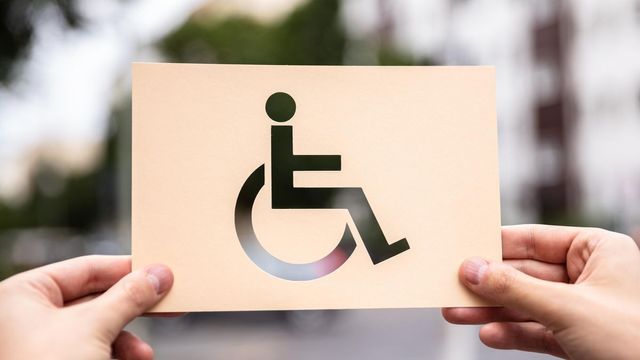Identifying as disabled is a complex decision that many struggle with. If you have a visible disability, it is harder to hide the disability. I have Cone Dystrophy, which is a progressive form of sight loss. So how did I handle Identifying as Disabled when I don’t look “Disabled”?
On noticing challenges with reading my screen at work, I applied for Access to Work (a government scheme in the UK) to help assess adaptions and assistive technology to help me stay productive and employed. While completing the form I was confronted with needing to identify as disabled, I hadn’t considered myself disabled, I just had sight loss.
Thanks to the management team above me, I had the confidence to identify as disabled. It didn’t stop me worrying about my long-term ability to do my job, it still doesn’t. Initiatives like The Valuable 500 provide me with more hope that the world will change to be more Inclusive.
The CDC estimates that 61 million American adults have some kind of disability. That’s 24%, or 1 in 4 who have some kind of significant physical, cognitive, or mental impairment.
From article We Need To Rethink The Penalties And Rewards Of Identifying As “Disabled” from Forbes
The article We Need To Rethink The Penalties And Rewards Of Identifying As “Disabled” from Forbes discusses many of the rewards and penalties that come with identifying as disabled.
Tell me what you think in the comments below or on X @timdixon82

